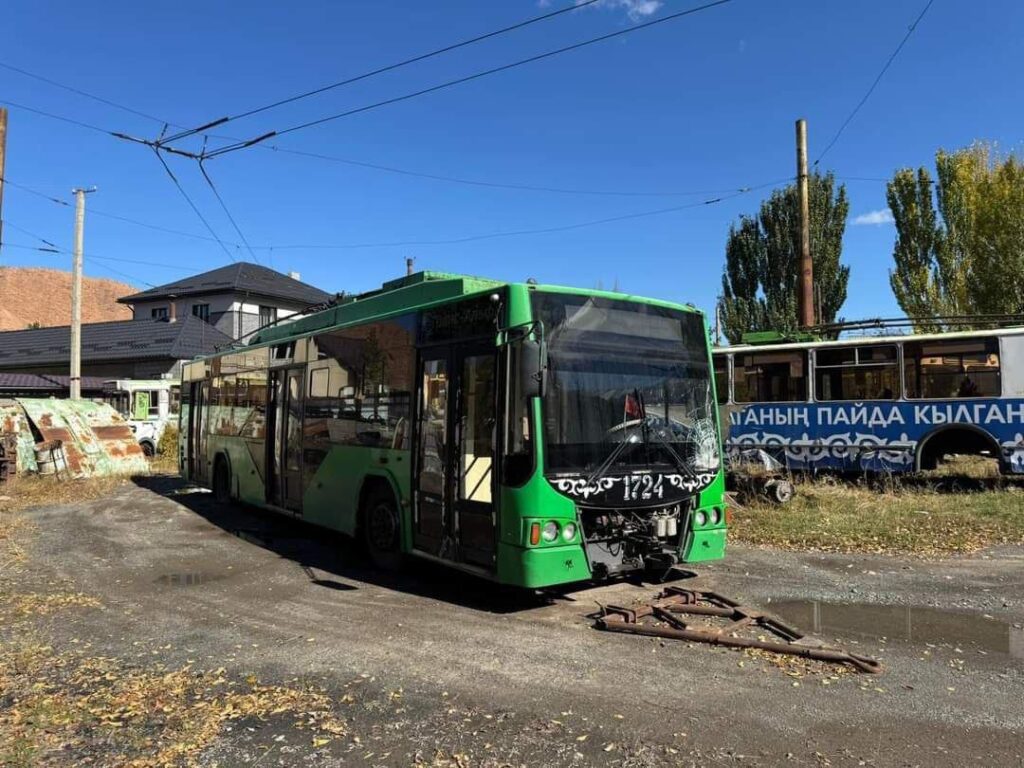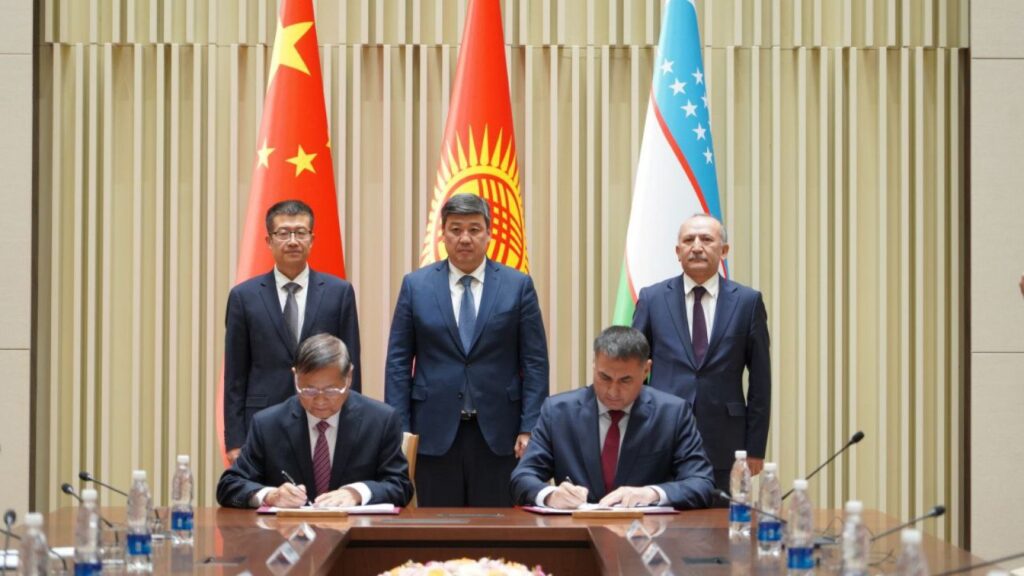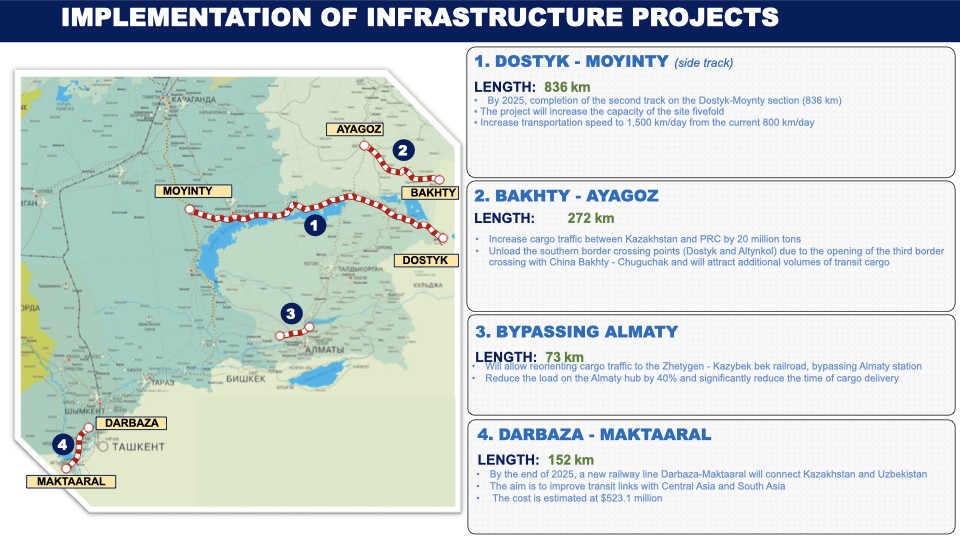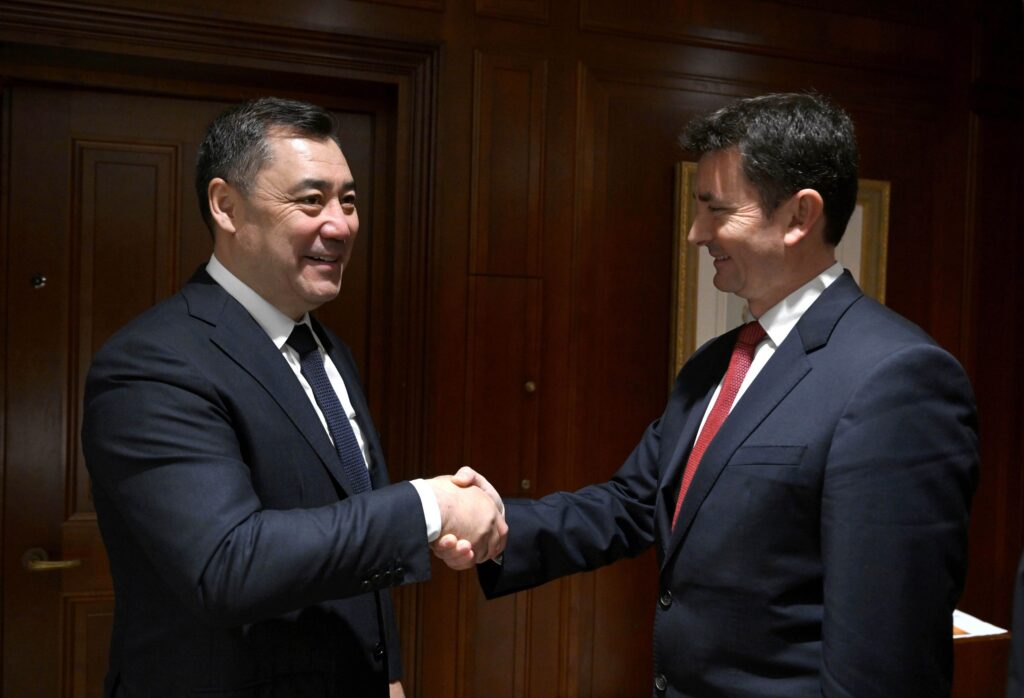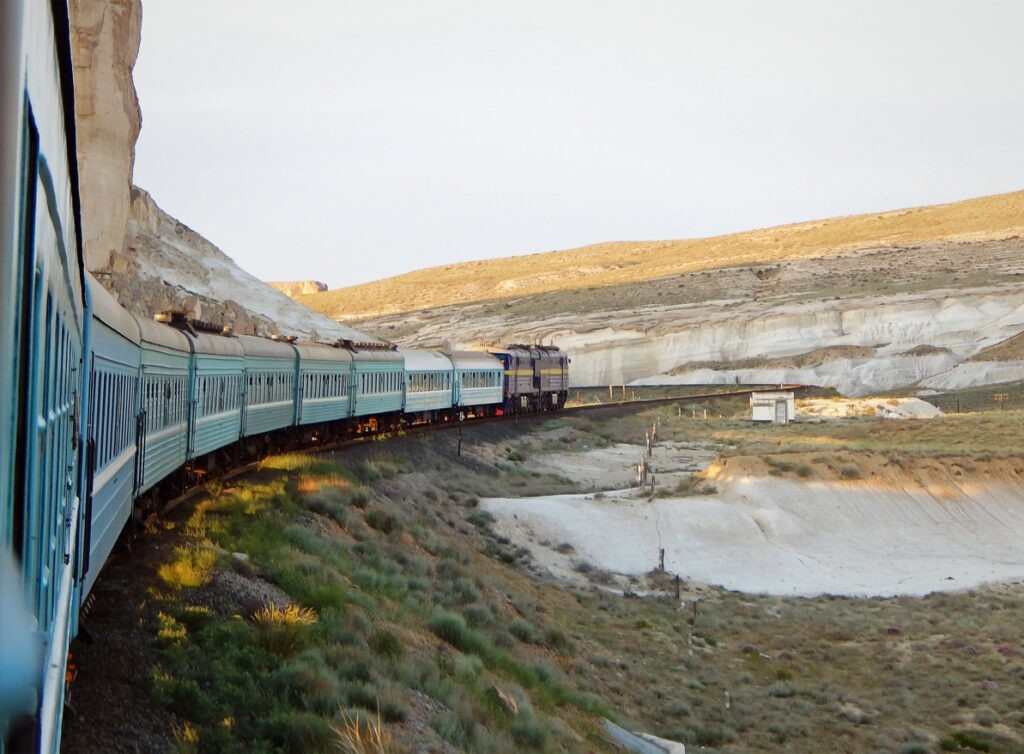Six Hyundai Rotem high-speed trains made in South Korea will soon be launched between Tashkent and Khiva. The electric trains will have seven carriages, and will be able to carry 350 passengers at speeds of up to 250 kilometers per hour.
To purchase the trains, Uzbekistan will use a $200 million, 35-year loan from the Economic Development and Cooperation Fund (EDCF) of the Republic of Korea. A feasibility study for the project is currently being drawn up.
Uzbekistan had originally planned to purchase high-speed trains from Hyundai back in 2018, with the project estimated at $1 million. But the national rail company Uzbekistan Temir Yollari ended up instead signing a contract with the Spanish company Talgo, which manufactured the Afrosiyob trains currently in use in the country.
A $162 million loan for electrification of the 465km Bukhara-Miskin-Urgench-Khiva railway line was approved by the Asian Development Bank (ADB) back in 2021. High-speed trains that will connect these cities will shorten the journey by two hours. The project was planned as part of the Central Asia Regional Economic Cooperation (CAREC) Corridor 2 program. It will link China and Europe through Central Asia and aims to boost the countries’ cross-border trade.
Uzbekistan is actively developing its tourism potential. Because of this, Uzbekistan Temir Yollari and the Italian company Arsenale Group are planning a luxury tourism train project. The train will have all the accoutrements for comfortable, five-star travel along the Silk Road along the Tashkent-Samarkand-Bukhara-Khiva-Tashkent route.

